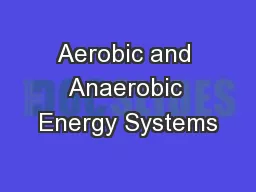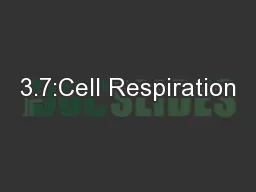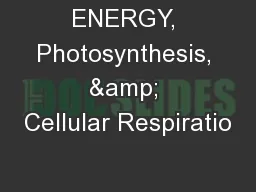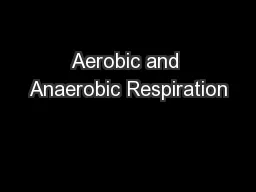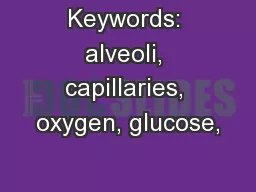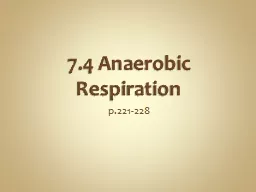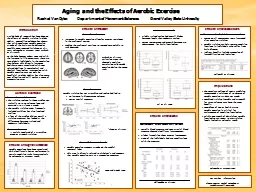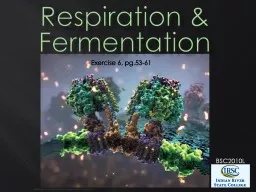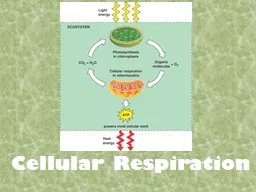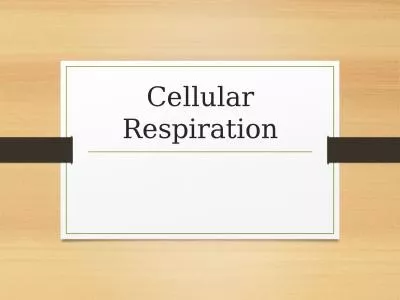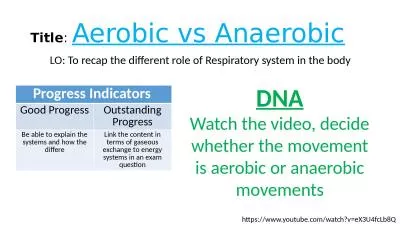PPT-RESPIRATION Aerobic respiration
Author : shoffer | Published Date : 2020-06-16
is the process of producing cellular energy involving oxygen Cells break down food in the mitochondria in a long multistep process that produces roughly 36 ATP
Presentation Embed Code
Download Presentation
Download Presentation The PPT/PDF document "RESPIRATION Aerobic respiration" is the property of its rightful owner. Permission is granted to download and print the materials on this website for personal, non-commercial use only, and to display it on your personal computer provided you do not modify the materials and that you retain all copyright notices contained in the materials. By downloading content from our website, you accept the terms of this agreement.
RESPIRATION Aerobic respiration: Transcript
Download Rules Of Document
"RESPIRATION Aerobic respiration"The content belongs to its owner. You may download and print it for personal use, without modification, and keep all copyright notices. By downloading, you agree to these terms.
Related Documents


